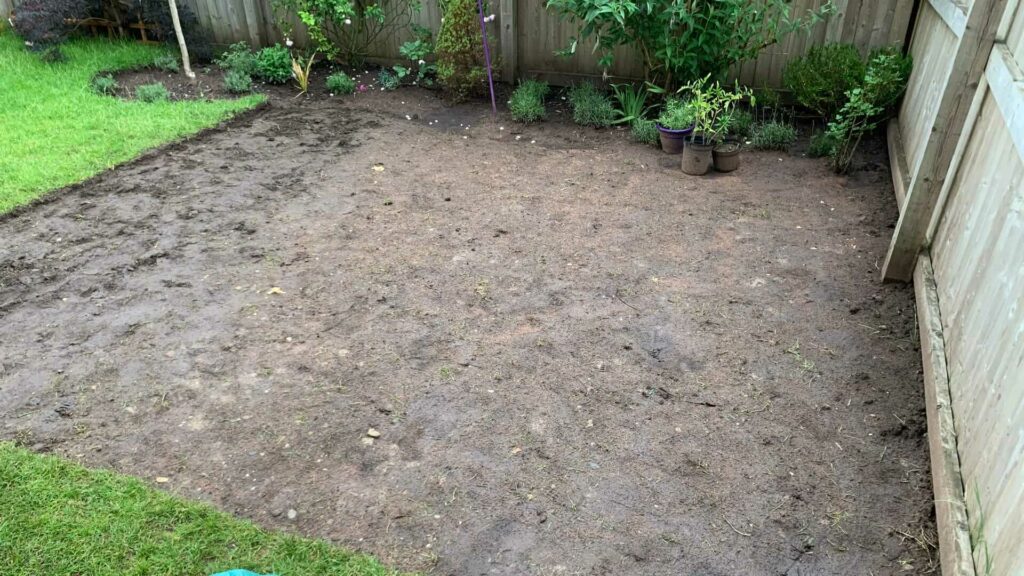When you’re planning a garden room, how you’re going to move it is probably the last thing on your mind. After all of the time, energy, and money that goes into the project, however, you may find yourself wanting to bring it with you when you move home.
Our guide to moving a garden room breaks down the practicalities, considerations, and costs involved allowing you to make an informed decision.
Table of Contents
Can garden rooms be moved?
Not all garden rooms can be moved after being installed, and for some, it’s neither practical nor financially viable. The construction methods used, size, and site access determine the feasibility of relocation.
Many suppliers design their buildings with portability in mind. In fact, some will offer relocation as a standard service. In doing so, they’ll dismantle, transport, and reassemble your garden room for you. Having a professional installer handle the move is the best way to ensure it arrives intact and ready to be enjoyed for years to come.
Garden rooms which aren’t designed from the ground up to be portable present a more significant challenge. When built on-site from raw materials, the techniques used mirror modern housebuilding. A plastered interior, seamless cladding, and a base anchored to foundations all make disassembly unrealistic. For this particular garden room style, moving looks more like a complete rebuild.
Does a garden room need to be dismantled before moving?
While dismantling tends to be the easiest way to move a garden room, it simply isn’t an option for many people. An alternative is to use a crane to lift the building whole onto a flatbed truck.
A lorry with a loader crane may be suitable if you’re close to a road with good site access. Loader cranes, commonly referred to as a “Hiab”, are a type of hydraulic arm fitted to the back of a truck and used to load and unload cargo. Where access is a problem, a larger crane may be used instead, however, that will increase the cost further.
Lifting the building in one piece isn’t always possible, though. UK regulations, for example, dictate the maximum size a flatbed can carry. A building wider than 2.9 metres would be considered an abnormal load.
Another common issue with lifting a garden room is the foundations. Bespoke garden rooms typically have bases anchored to their foundations. Once built, there’s no way to detach the base without causing damage.
What other work needs to be done?
There’s more to relocating a garden room than just moving the building. This section will look at the extra work that goes into a successful move.
Cleaning up the original site
How will you fill the space previously occupied by the garden room? Do you need to dispose of a concrete slab? You’re probably going to have an unsightly patch of ground in your garden that will need addressing. Consider the work involved in landscaping or re-turfing the site.

Foundations
Solid foundations are key to a garden building designed to last. Some systems may be reusable, but that’s often not the case. It’s also possible that the foundations used at the old site won’t be suitable for the new site.
Any foundations that involved pouring concrete likely need rebuilding entirely. Furthermore, they make site cleanup more difficult.
Even ground screws, which are reusable, still require a lot of work. It’s the labour, not the materials, which makes them costly.
Electrical Connection
More or less all modern garden offices are connected to mains electricity. That means you’ll need an experienced electrician to safely disconnect the supply at the original site and connect it up at the new site.
Networking
Chances are if you were using your garden room as an office, you also had internet access. There are certainly methods that don’t entail running a networking cable, but that’s your best bet realistically. At the new site, you’ll need to consider how you will run a networking cable from your home to your garden office. Remember: running a networking cable too close to a mains power cable can cause interference.
How much does it cost to move a garden room?
The cost of moving a garden room ultimately depends on the complexity involved. With so many factors impacting cost, it’s not possible to give a precise estimate, but you should typically be budgeting upwards of £1,500 at a minimum. That could span to several thousand pounds for larger jobs.
Common factors which impact the cost of moving a garden room include:
- Room size
- Site access
- Disassembly – is it easy to dismantle?
- Portability – can it be lifted by a crane?
- Distance
- New foundations
- Electrical connection
If you’re considering moving home while still in the planning phase, it’s well worth speaking to your supplier about relocation options.
Is it worth relocating a garden room?
After establishing whether or not you can move your garden room, the next question is whether you should. As you’ll undoubtedly already recognise, it requires a lot of work and can be prohibitively expensive.
Keep in mind that a garden room is expected to add value to a home. Especially as working from home becomes more commonplace, a dedicated space is a very desirable feature. You may find that selling your home with a garden room allows you to achieve a higher valuation, offsetting the cost of a brand new model. It’s worth speaking to your estate agent to better understand the impact it’ll have.
Moving a garden room is no doubt a big job, and in a lot of cases, won’t be possible. In instances where it can be done, it’s worth questioning whether you should. Many conclude that it’s better to start over instead.

